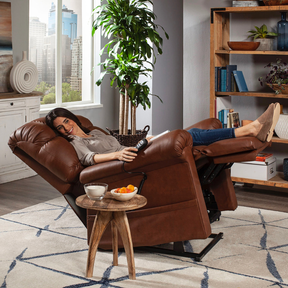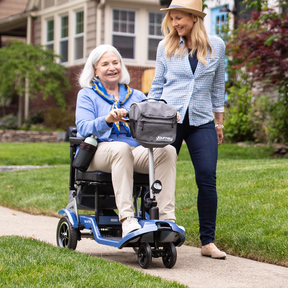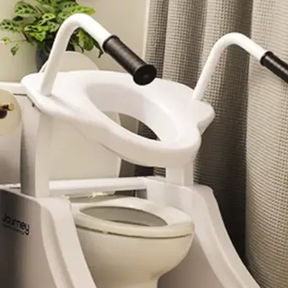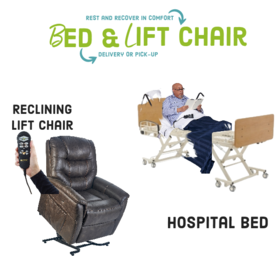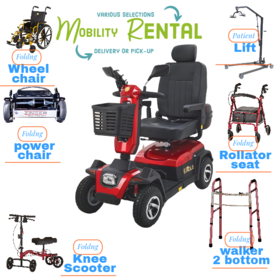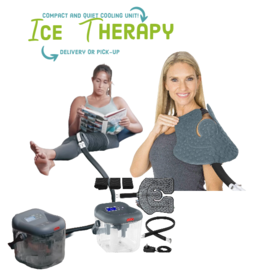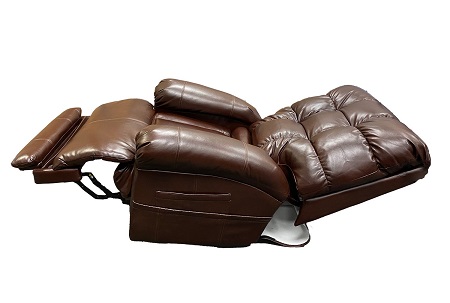Blog Find the Right Rolling Walker: Explore Walker Roll Choices for Enhanced Mobility
Rolling walkers aid mobility and provide convenience and stability to those with limited walking abilities. Choosing the right type of walker can enhance the user's quality of life, help prevent falls and injuries, and improve posture and balance. It's important to look at various factors when selecting a rolling walker, from the type of wheels, handle height, and storage options to weight capacity. To make the right choice, assess your lifestyle and seek advice from a healthcare professional. This article covers rolling walkers, their benefits, and how to choose one.
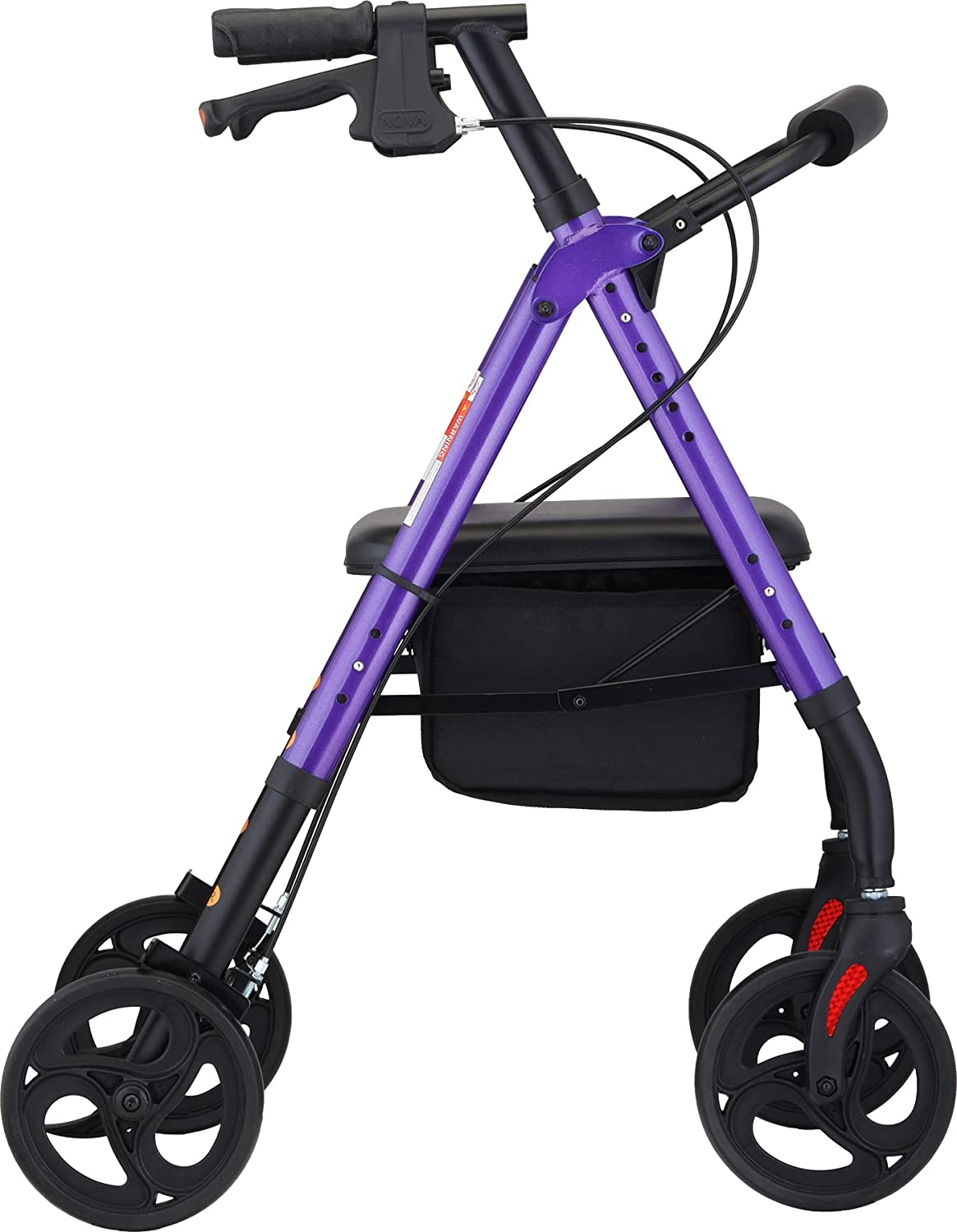
Why walker roll is important for mobility
Getting around can become increasingly difficult as we age or experience certain health conditions. This can lead to a loss of independence and a decrease in overall quality of life. However, the walker roll offers a solution to this problem. These mobility aids provide enhanced support and stability while also increasing mobility and independence.
Using a rolling walker reduces the risk of falls and injuries, improves balance and posture, and offers convenience and comfort. With a wide range of options available, it's important to consider factors such as the type of wheels, handle height and width, seat and storage options, and weight capacity when choosing the right rolling walker. Don't let mobility issues limit your lifestyle—find the right rolling walker to suit your needs and regain your independence.
Factors to consider before choosing a rolling walker
One of the most important tools for mobility assistance is a rolling walker. With so many types of rolling walkers available, it’s important to choose the right one that is suitable for your needs and lifestyle. Here are some factors to consider before choosing a rolling walker:
Type of wheels: The first thing to consider is the type of wheels the rolling walker has. The two most common types of wheels are fixed and swivel wheels. Fixed wheels provide more stability, while swivel wheels provide more maneuverability. Depending on your needs, you can choose the type of wheels that would be suitable for you.
Handle height and width of a rolling walker: The handle height and width are also important factors to consider. Choosing a rolling walker with adjustable handle height is essential, as it will ensure that you can maintain proper posture while using the walker. The width of the handlebars should also be comfortable for your grip.
Walker Roll Seat and Storage Options: For those who need to take rests while walking, a rolling walker with a seat option would be helpful. It’s also essential to consider the storage options available on the walker. If you need to carry any personal items, look for a walker with a storage basket or pouch.
Walker Roll Weight Capacity: The weight capacity of a walker roll is also critical, as it ensures the walker can support your body weight. It’s necessary to check the weight capacity of the rolling walker, as it differs from model to model. Choosing the right rolling walker can significantly impact your daily life. By considering the factors mentioned above, you can narrow down your options and choose the best walker for your mobility needs.
Different types of rolling walkers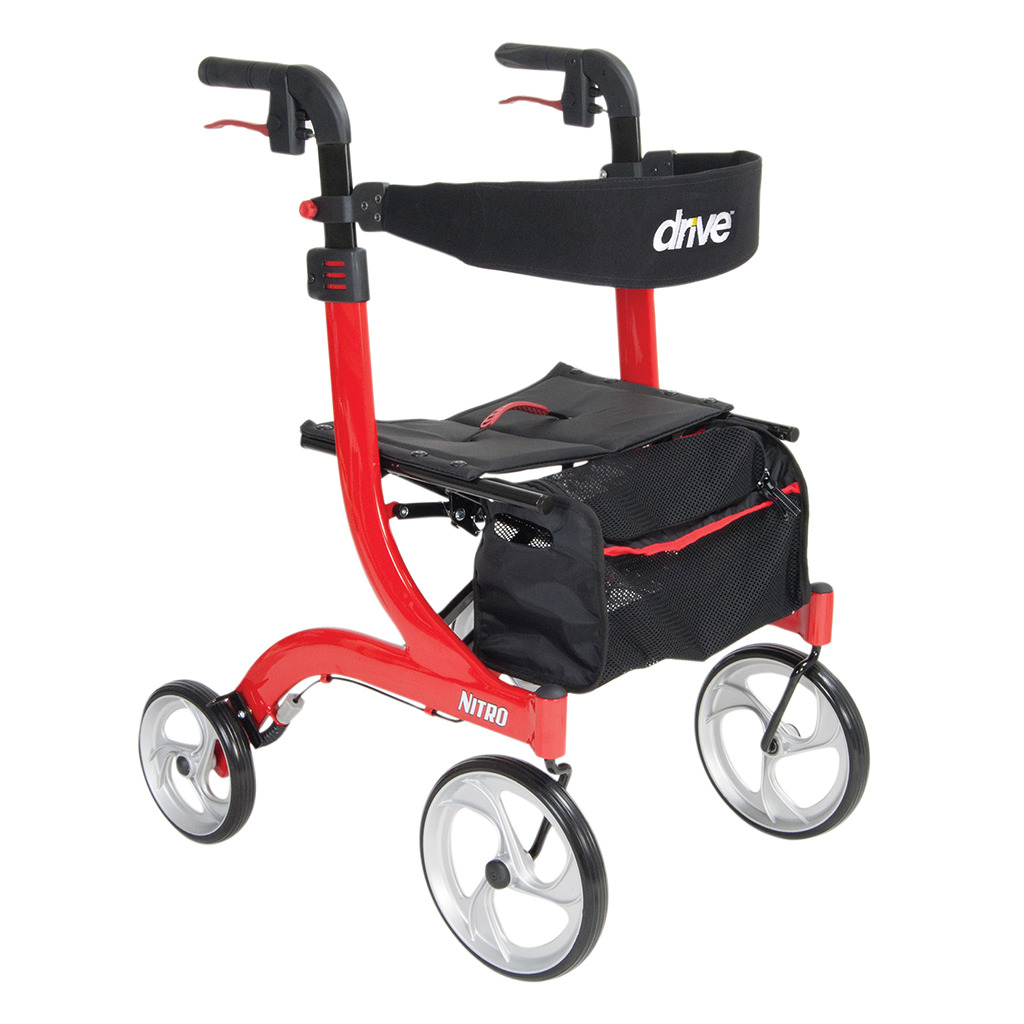
Rolling walkers are available in several types, and the choice of which one to buy depends on an individual's needs. The most common types of rolling walkers are standard walkers, two-wheeled walkers, three-wheeled walkers, and four-wheeled walkers.
Standard walkers are the most basic type of walker and are usually less expensive than the other options. They have four legs with rubber tips, providing stability. They do not have wheels, so the user has to lift the walker between steps.
Two-wheeled walkers are similar to standard walkers but have two wheels on the front legs. The wheels make it easier to move the walker forward, and the user doesn't have to lift the entire walker off the ground with each step.
Three-wheeled walkers have three wheels, with two wheels at the front and one at the back. They are ideal for people who need more maneuverability and often turn in tight spaces.
Four-wheeled walkers, also known as rollators, are the most popular type of walker on the market. They have four wheels—two at the front and two at the back—and usually have a built-in seat, making them ideal for people who need to take frequent breaks.
When choosing a type of walker, individuals should consider their needs and lifestyle. For example, a three-wheeled walker might be a better option if they need more maneuverability. A four-wheeled walker with a built-in seat might be the best choice if they need more support and stability.
Benefits of using a rolling walker
Rolling walkers are an essential mobility aid, and using them comes with several benefits that significantly improve the quality of life of the user. First, they allow for increased mobility and independence by providing the necessary support and stability to move around with ease. Second, they reduce the risk of falls and injuries, which is especially crucial for older adults. They improve balance and posture, thus enabling users to maintain a healthy gait and avoid spinal problems.
Moreover, these walkers offer enhanced support and stability, which is particularly handy for individuals with disabilities or physical limitations. Rolling walkers come with convenient features like seat and storage options, which provide users with comfort and convenience, especially when undertaking long-distance walks or running errands. Above all, they are adjustable to fit the user's height, weight, and particular requirements, allowing for maximum user comfort.
A rolling walker is a valuable assistive device that can significantly improve the quality of life of those struggling with mobility issues. Its benefits, including increased mobility, enhanced support and stability, and reduced risk of falls, cannot be overemphasized.
How to choose the right rolling walker
Choosing the right rolling walker for your needs can be a daunting task. To make the process more manageable, start by assessing your needs. Consider your mobility limitations, the terrain you'll be using the walker on, and where you'll be using it. Once you have a better understanding of your needs, try different options. Test out different types of walkers, including standard, two-wheeled, three-wheeled, and four-wheeled walkers, to see which feels most comfortable and provides the most support. Don't forget to consider your lifestyle. If you plan on traveling with your walker, consider a foldable option. Finally, consult with a healthcare professional to make sure you're getting the best option for your needs. Remember, finding the right walker can make all the difference in enhancing your mobility and independence.
Conclusion
Choosing the right rolling walker can make a significant difference in your mobility, balance, support, and convenience. It is essential to evaluate your specific needs before selecting the right one. You may have different requirements, depending on your physical abilities, lifestyle, and personal preferences. Therefore, it is crucial to try different options and consult with a healthcare professional. They can recommend the perfect walker that matches your requirements for independent and comfortable movement. Don't compromise your ability to live independently. Take the time to find the right rolling walker.
Tags
- contest
- event
- supplies
- design
- brand
- video
- Compression
- upright walker
- four wheel walker
- rollator
- wheelchair
- Ostomy
- elegantly
- elegantly
- accessibility
- Mobility
- knee walker rental
- knee scooter sales
- knee scooter
- post operative shoe
- anti-embolic stockings
- pain management
- cryotherapy therapy
- hot cold compress
- compression stockings
- lift chair
- wound Care
- air purifier
- fall prevention
- cushion
- oxygen therapy
- cpap, bipap
- Hospital Bed
- Life Aide
- EMS
- recovery
- splint
- knee brace
- Bathroom
- patient lift
- medical supply
- Wound dressings
- Lightweight Wheelchair
- hospital beds for sale
- sky medical supplies rentals
- compression socks
- Adult Diapers
- Rollator Walker
- Bed Wedge Pillow
- Hospital beds
- Patient Lifts and Slings
- Portable Oxygen Concentrator
- Patient Lift Slings
- knee scooter rental
- folding mobility scooter
- mobility scooter
- medical shoes
- raised toilet seat
- hospital beds for rent
- lift chair recliner
- chair lift
- electric wheelchair
- Power Lift Recliners for Elderly
- Senior Walkers
- Bedside Commodes
- whill wheelchair
- compression hose
- Whill Electric Wheelchairs
- Bariatric Wheelchair
- Recliner Chairs with Lift
- Colostomy Bag
- Crutches
- Medical Wedge Pillow
- skin barrier tape
- Post Surgery Ice Machine
- Bedside Commode
- chair lift recliners
- cane holder scooter
- lift chair prices
- drop arm commode
- rollator walker with ergonomic seats
- Hospital Bed Rental
- Wheelchair Tray
- Golden Technologies Lift Chair
- Nova GetGo Junior Rollator
- power lift recliners
- Knee Scooters and Crutches:
- stand up walker for seniors
- stand up walker as seen on TV
- Women's Walking Canes
- Knee Immobilizers
- Bed Wedge Pillow
- Medical Supply Stores
- Sit to Stand Lifts
- Grab Bars
- Compression Gloves
- incontinence bed pads
- Lift Reclining Chair
- Knee Walker Scooters
- Hernia Belt Near You
- Mobility Scooter Stores Near Me
- Folding Knee Walker
- Oxygen Concentrator Store
- Inogen Battery
- Electric Bed Frames
- Placing Lift Chair
- diaper brief
Related Posts
Get weekly articles in your inbox on the latest medical supply news, exclusive deals, and helpful health tips.
